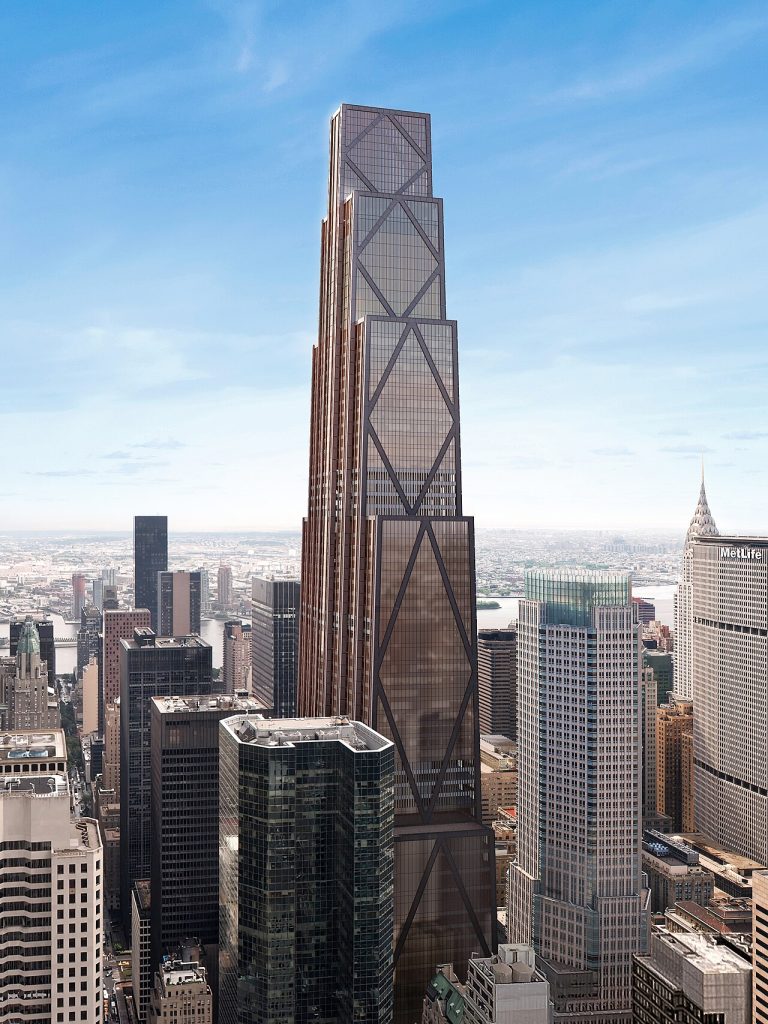
The Panic of 1907: When J.P. Morgan Saved Wall Street
In the autumn of 1907, New York’s financial markets fell into chaos. A failed copper market speculation triggered a credit crunch that brought down small banks and trust companies. Fear swept the streets as crowds rushed to withdraw deposits, and the stock market collapsed day after day.
At the time, there was no Federal Reserve. The government was powerless. Instead, the fate of the financial system lay in the hands of private titans—none more powerful than John Pierpont Morgan.
Gathering bankers and business leaders in his Madison Avenue library, Morgan compelled them to inject liquidity into the markets. The result: confidence slowly returned, and the financial panic subsided. The episode would later lead directly to the creation of the Federal Reserve in 1913.
Building an Industrial Empire
After World War I, America boomed on the surface, but industries were fragmented and locked in destructive competition. J.P. Morgan envisioned a consolidated industrial backbone. Through aggressive mergers, he orchestrated the creation of vast corporations in steel, electricity, and railroads—what some called the “Steel Empire.”
This was more than corporate strategy; it was an attempt to replace chaos with stability. Yet such immense power also drew fierce political backlash and public resentment.
Wall Street Bombing of 1920: Scars That Remained
On a September afternoon in 1920, a horse-drawn wagon packed with dynamite exploded outside Morgan’s Wall Street headquarters. Thirty people were killed, hundreds injured.
The attackers were never caught, but anarchist groups were suspected. Rather than erase the scars, Morgan left the pockmarks on the building’s granite façade. For decades, employees passed them each morning—a daily reminder of resilience: “We will not be shaken.”
The Glass–Steagall Act and the Birth of Morgan Stanley
The Great Depression changed everything. After thousands of banks collapsed, the U.S. Congress passed the Glass–Steagall Act of 1933, forcing the separation of commercial and investment banking.
The House of Morgan split in two:
- J.P. Morgan & Co. (commercial banking)
- Morgan Stanley (investment banking, founded by Henry S. Morgan and Harold Stanley)
Within its first year, Morgan Stanley underwrote $1.2 billion in securities, instantly becoming a Wall Street powerhouse.
Expansion and the Rise of Morgan Guaranty
In 1959, J.P. Morgan merged with Guaranty Trust Company of New York, forming Morgan Guaranty Trust Company. This merger marked a strategic shift—transforming the firm into a global commercial bank with new offices in London, Paris, and Tokyo.
By the 1960s, Morgan Guaranty was no longer just an American institution—it had become a key financial partner to multinational corporations worldwide.
Deregulation and the Return to Investment Banking
The 1980s brought deregulation and opportunity. Under the Reagan administration, banks were allowed to expand into new areas. By 1989, the Federal Reserve permitted J.P. Morgan to deal in corporate debt underwriting.
Armed with cutting-edge computing systems and data analytics, Morgan rapidly climbed back into the ranks of America’s top five investment banks, alongside Goldman Sachs and Merrill Lynch.
The Birth of JPMorgan Chase
The late 1990s were marked by global instability—Asia’s financial crisis and Russia’s default. To survive, scale was essential. After two years of negotiation, J.P. Morgan & Co. merged with Chase Manhattan in 2000, creating JPMorgan Chase & Co.
The merger fused Morgan’s global investment network with Chase’s vast retail banking base. Together, they became not just a bank, but a financial empire serving both corporations and ordinary households worldwide.
The Pandemic Era: Finance as a Platform
In 2020, as the COVID-19 pandemic shook the world, JPMorgan CEO Jamie Dimon made a bold declaration:
“We are not just a bank. We are a platform to protect people in times of crisis.”
JPMorgan Chase mobilized emergency lending for small businesses, donated PPE to hospitals, and supported local communities. More importantly, it provided something priceless: confidence.
Dimon’s message—“You are not alone”—became a headline across the globe. It showed that in times of crisis, finance must serve not only markets but society itself.
Conclusion: The Giant Keeps Walking
From the Panic of 1907 to the Great Depression, from Wall Street bombings to global pandemics, J.P. Morgan’s legacy is more than financial. It is the story of resilience, reinvention, and responsibility.
Today, JPMorgan Chase continues to expand its role—from disaster relief to climate initiatives and education funding. Its story is proof that even in uncertain times, finance can be a bridge between people, nations, and the future.
The footsteps of this giant have not stopped. In fact, the journey may have only just begun.

The original uploader was Frank.trampe at English Wikipedia., Public domain, via Wikimedia Commons
